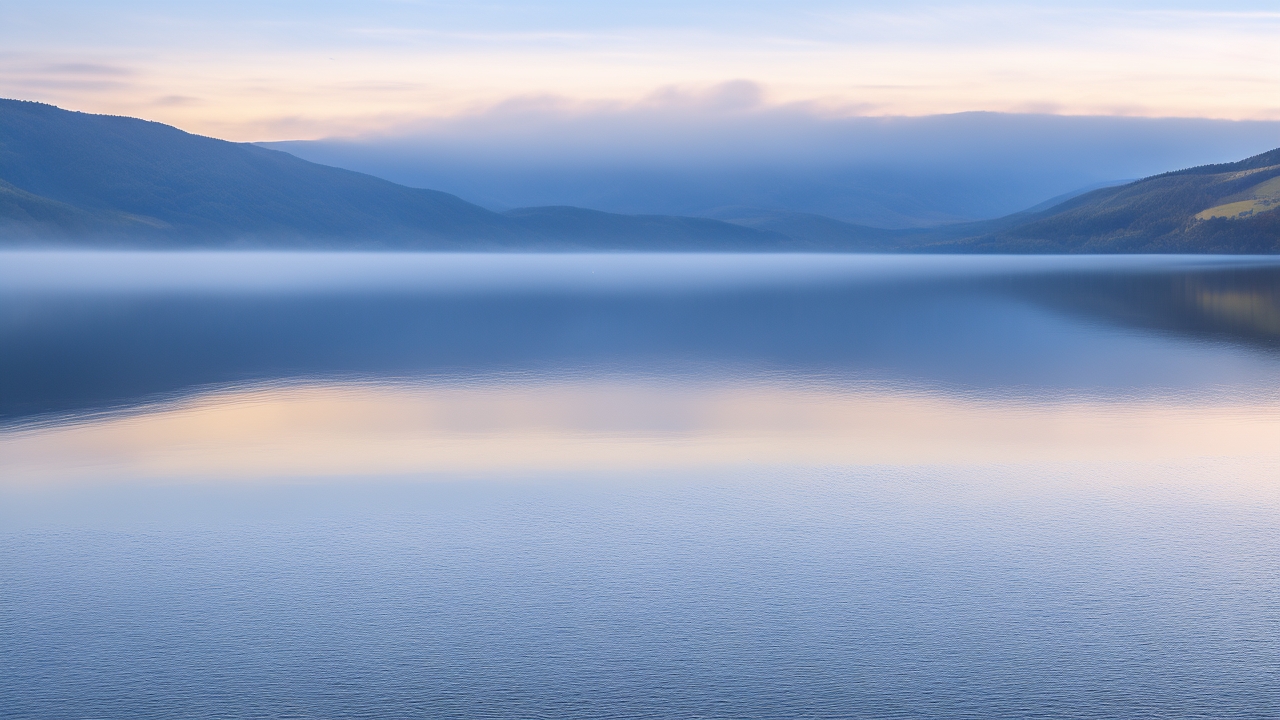Sunlight glimmered across the mirrored surface of Loch Ness last week, as a hush fell over Dores Beach. Beneath that serene calm, a witness said, something large and dark stirred the water—briefly emerging, only to vanish once more into legend. If mystery is currency, Nessie’s bank account just got a significant deposit.
Latest Sightings
The Loch Ness Monster, a cryptid whose presence has haunted the Scottish Highlands for centuries, is making headlines again. The first reported sighting of 2025 occurred on an uncommonly tranquil morning, making conditions ideal for the sort of anomaly that feeds folklore and ignites community debate. According to The Post and The Loch Ness Centre in Inverness, a local visitor spotted a ‘black mass’ just beneath the surface, and succeeded in snapping one of the clearest Nessie photos in years—a rare moment for a cryptid typically glimpsed in blurry snapshots or half-remembered stories.
Nagina Ishaq, general manager at The Loch Ness Centre, described the event as ‘particularly captivating’, emphasizing both its clarity and timing. “The conditions on the day of this sighting were absolutely perfect. This could very well be our first significant sighting of the year, further fueling the mystery surrounding Loch Ness and its most famous resident.” Their statement echoes the excitement of Alan Mackenna from Loch Ness Exploration, who encouraged ongoing research and analysis into every such occurrence.
Notably, Eoin O’Faodhagain—a dedicated cryptid investigator—captured footage via a Visit Inverness Loch Ness webcam showing a large shape rising and submerging repeatedly. In conversation with The Mirror, he recounted ruling out common explanations: “It’s far too large for any wildfowl or seals, and I’ve also ruled out divers or swimmers. The only possibility is Nessie.” The incident is unusual not just for its visual clarity, but because January is apparently an off-season for sightings. The Official Loch Ness Monster Sightings Register confirms only three official reports in all of 2024, suggesting that genuine encounters remain tantalizingly rare and immensely newsworthy.
According to National Geographic in 2024, interest in Nessie has not waned, with Loch Ness regularly attracting over 400,000 visitors a year—proof that community enthusiasm for cryptid mysteries persists, even in the face of more rational explanations.
Folklore and History
The Loch Ness Monster’s legend predates the internet, photography, and even the written word. Stone carvings and local oral traditions from ancient Pictish times depicted mysterious beasts inhabiting the loch—and modern accounts merely added fresh layers to an already sprawling mythos. Some folklorists argue that Nessie embodies the anxieties and hopes of Highland communities, transforming natural echoes into something more profound and enigmatic.
The earliest written account dates back to the 6th century, telling how Saint Columba supposedly ordered the creature to leave a swimmer unharmed. That act didn’t banish Nessie; instead, she nestled deeper into folklore. By the 20th century, a tidal wave of sightings—most famously the 1934 ‘Surgeon’s Photo’—catapulted the monster to global fame. Nessie became shorthand for our tendency to see patterns in shadows and make sense of mysteries that science can’t entirely dispel.
The University of Aberdeen has collaborated with Loch Ness researchers on hydro-acoustic studies, and previous exploration efforts have involved scanning the loch’s depths with state-of-the-art sonar. While researchers regularly uncover anomalies—a ripple here, a sonar blip there—no study has ever yielded definitive evidence. Still, the persistence of these efforts demonstrates the research community’s dedication to solving the cryptid puzzle, even as they expand understanding of Loch Ness’s unique ecosystem.
Why It Matters Today
Cryptid news remains intensely relevant, as the Loch Ness Monster ties together threads of local identity, conservation, and human curiosity. A Pew Research Center survey in March 2025 found that over 30% of Scottish respondents believe there may be undiscovered large animals in the world, with the Loch Ness Monster cited most frequently. Meanwhile, Nessie sightings area act as emotional lightning rods, galvanizing the community and driving tourism revenue well into the millions annually.
Alan Mackenna of Loch Ness Exploration highlights that “every observation adds to our understanding, whether it’s potential evidence of Nessie or new insights into the loch’s unique ecosystem.” In other words, cryptid research isn’t always about proving monsters—it’s also about appreciating mystery itself.
Many recent Nessie enthusiasts, bolstered by news media and online communities, have become amateur sleuths. New technologies—including live webcams and crowdsourced sonar scans—make it possible for the public to participate in the hunt. Webcam images and sightings feeds are now reviewed almost daily by an international audience, transforming Nessie research into a truly collective project where folklore evolves alongside technology.
Practical Takeaways for Readers
- If you’re planning a trip to Loch Ness, keep your camera ready and your mind open. The perfect conditions for a sighting—early morning calm and clear skies—often make mysteries visible to anyone.
- Participate in community science by submitting any unusual observations or footage directly to the Loch Ness Centre, which encourages public engagement and supports ongoing cryptid research.
- Remember: cryptids like Nessie play a vital role in preserving folklore and cultural heritage, sparking creativity and connecting generations across Scotland and beyond.
Closing Reflection: The Invitation of Mystery
Today, Nessie’s story feels more alive than ever, weaving fresh threads into the tapestry of Scottish identity and the global fascination with cryptid mysteries. For some, the Loch Ness Monster will always be just a myth—a trick of light, water, and imagination. For others, she is a real and enduring enigma, calling us to peer beyond what we know and revel in the possibility of discovery.
The real magic of cryptid news is in how it mobilizes the research community and engages everyday explorers. As fresh sightings flood the headlines and webcam feeds, the conversation grows—echoing through forums, folklore, and shoreline walks. So whether you live on the banks of Loch Ness or follow the mystery from afar, consider sharing your story, your curiosity, and your sense of wonder. Every new sighting, every explored hypothesis, pushes the boundaries of what we believe and what we’re willing to dream.
